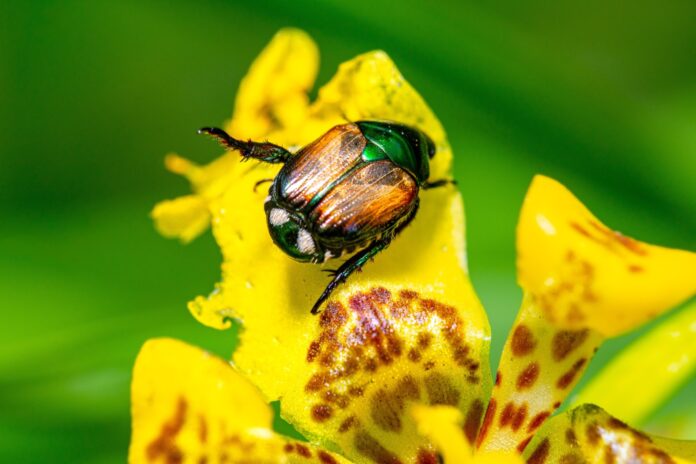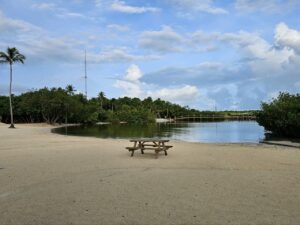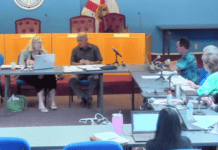
Who can resist the charm of exotic plants? Their vibrant colors, unusual shapes and intriguing origins captivate us, transporting our imagination to far-off lands.
From tropical palms moved by a gentle breeze to spiky cactus adorning arid landscapes, these non-native ornamentals mesmerize us all. However, beneath their enchanting appearance lies a hidden price that begs us to look closer.
While a non-native plant escaping from our garden may not seem like a big deal initially, it can lead to significant issues when they displace our native species and become invasive. Invasive plants can fight native species for resources, disrupt the ecological balance, and hurt local biodiversity. We must be mindful of the plants we introduce into our environment and opt for native species.
More than 5,000 non-native plants have invaded natural areas of North America. As people plant these non-native species for their aesthetic appeal and animals are attracted to their shapes and colors, some have become invasive, outcompeting native plants.
Other consequences are pests and diseases. We may unintentionally invite unwanted pests that could disrupt our garden’s ecological balance alongside the introduction of non-native ornamentals. It’s hard to anticipate whether a plant might become invasive. Some ornamentals may exhibit aggressive growth patterns, spreading beyond our control.
One example of this is the introduction of the lobate lac scale (Paratachardina lobata) through ornamental plants. The lobate lac scale is a tiny insect that feeds on the sap of plants. It was originally native to India but was introduced to Florida in the early 2000s through the ornamental plant trade. This scale insect often hides on the undersides of leaves and produces a waxy, protective covering that resembles a small, raised bump. The lobate lac scale is present in various parts of Florida, including Miami-Dade County and the Keys.
Other diseases brought to America by the non-native plant trade are the chestnut blight, the southern oak death, blister rust, beech scale and anthracnose. Non-native ornamentals have brought many non-native insects into the United States. Some examples include the Japanese beetle, cottony cushion scale, viburnum leaf beetle, citrus longhorn beetle, hemlock woolly adelgid, bronze birch borer and Asian psyllids, which significantly affect the citrus industry in Florida.
Another significant threat is that non-natives can hybridize with native species, losing unique genetic pools of native plants and harming the biodiversity and ecological integrity of the affected areas.
The most effective recommendation is to minimize or avoid using non-native plants altogether. Opting for native plant species whenever possible is vital for preserving the ecological balance and safeguarding the biodiversity of our natural habitats. We should strive to make thoughtful and mindful decisions to ensure the health and integrity of our ecosystems, benefiting not only our generation but also those to come.






















